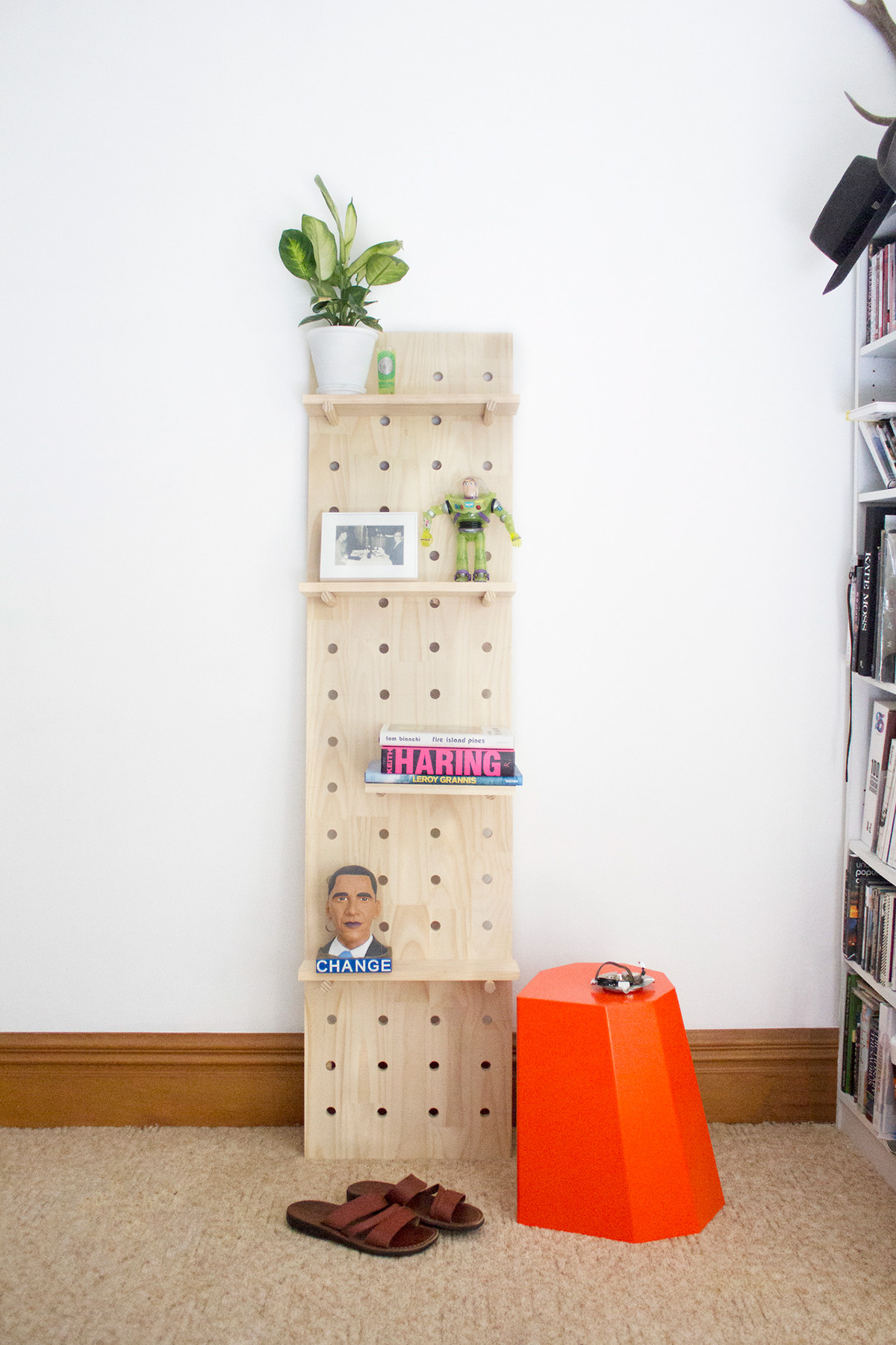Phenomenology is the study of consciousness and the objects of direct experience. It describes the bedroom as a space of freedom,where an individual can fully express themselves, creating a zone of self reflection. In my fourth year research and design project I was drawn to exploring the spatial notion of identity that helps us understand and reflect ourselves through an objectified form. From this research I seeked to develop a project which manifested the ideas of identity into the physical realm through the art of creation.
HUNTER BUILDER is a critique on consumerism and mass production. For students and young professionals, moving out of home and into flats comes an expensive time of endless purchases and hauling furniture over long distances. Hunter Builder is a system that makes people aware of how accessible and cost effective materials are, to produce and build their own unique furniture. Charles Eisenstein’s theory of New Materialism explains that our relationship with the material world can change the world for the better by looking at how we make products from the start. People will develop a deeper relationship with the things they own because they created them themselves - creating is the ultimate expression of oneself. My project will provide students and young professionals with the platform to establish their own objects, that are not just practical and essential but also become a direct reflection of their past, present and future desires - emulating where they have come from, who they are, and who they want to be.
Eisenstein states that “It is the creative principles and spirit that go into making something beautiful, that are the same that go into making something functional” (2011)
HUNTER BUILDER is a critique on consumerism and mass production. For students and young professionals, moving out of home and into flats comes an expensive time of endless purchases and hauling furniture over long distances. Hunter Builder is a system that makes people aware of how accessible and cost effective materials are, to produce and build their own unique furniture. Charles Eisenstein’s theory of New Materialism explains that our relationship with the material world can change the world for the better by looking at how we make products from the start. People will develop a deeper relationship with the things they own because they created them themselves - creating is the ultimate expression of oneself. My project will provide students and young professionals with the platform to establish their own objects, that are not just practical and essential but also become a direct reflection of their past, present and future desires - emulating where they have come from, who they are, and who they want to be.
Eisenstein states that “It is the creative principles and spirit that go into making something beautiful, that are the same that go into making something functional” (2011)

Hunter Builder takes shape as a recipe book for diy. It showcases 8 pieces of furniture/objects, made from 3 materials - timber, concrete and metal. These materials were chosen as I feel they are easy to access, structural and work aesthetically together. Each object has a feature title page. Material Tabs can be found on each of these pages, indicating which of the 3 materials the object is constructed from. Easily allowing readers to flick through and find materials they may already have. Just above the material tabs, you can find the level of difficulty to build each object - from beginner, medium to advanced.







At the beginning of the publication you can find a section on customisation, showcasing ideas of various finishes one may want to use on their own creations, encouraging personalisation. The feature hunter builders exist to show examples of individualisation, aiming to open up the imagination of the reader. 4 people can be found throughout the book, showing the object they have made, and how they have adapted them in their own spaces. Finally at the end, readers can find a receipt guide where they can refer to regarding cost of materials. Although the receipt guide exists, and all of the objects are made from purchased materials, Hunter Builder heavily encourages ‘hunting’ for it. Whether that be from friends, the side of the road, the dump shop or the scrap bin at your local hardware store.

Hunter Builder also features on social media, with an instagram page. I chose to use instagram as it is a photo driven sharing platform. Readers are able to photograph their creations and hashtag hunterbuilder, creating a feed where others can go for extra inspiration or apply to become the next featured hunter builders in future issues!



